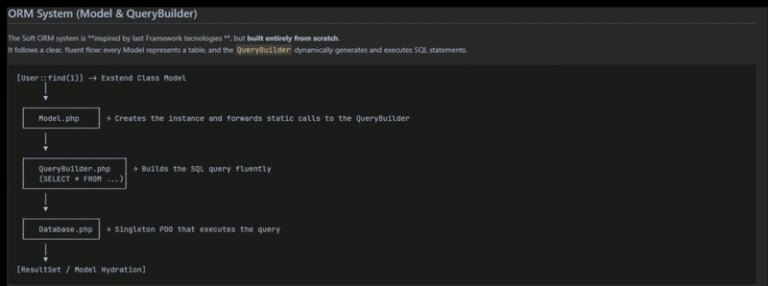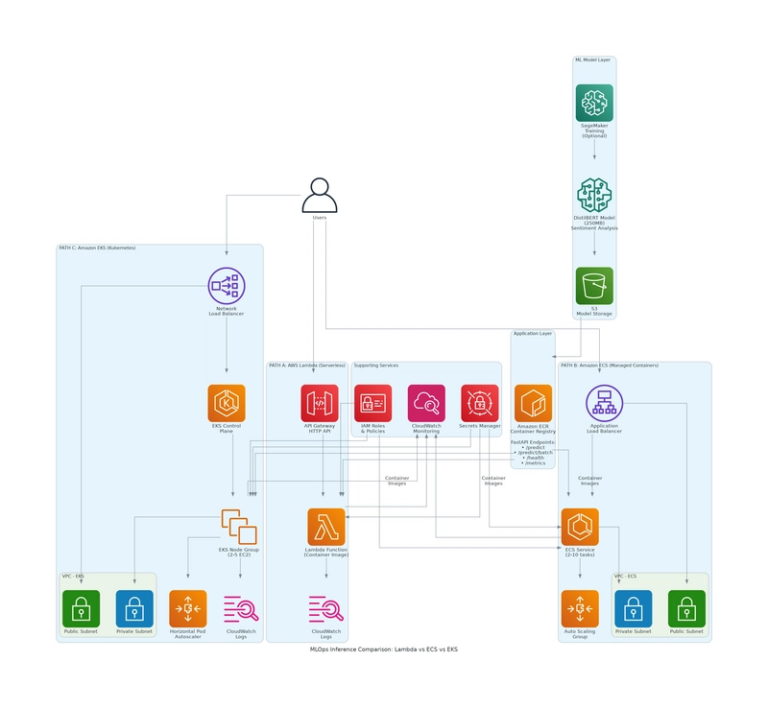Migration Guide: Microsoft ADCS to Sectigo Certificate Manager
Absolutely, Thiyagarajan. Below is a complete, step-by-step migration guide in plain text for moving from Microsoft ADCS to Sectigo Certificate Manager. You can copy this into a Word document and format it as needed. Every step is explicitly detailed — including clicks, commands, and validation — so anyone following this guide can execute the migration without missing a single action.
📘 Migration Guide: Microsoft ADCS to Sectigo Certificate Manager
Author: Thiyagarajan
Date: 11-Nov-2025
Purpose: Migrate from Microsoft Active Directory Certificate Services (ADCS) to Sectigo Certificate Manager (SCM) for modern, automated certificate lifecycle management.
🧭 Table of Contents
- Project Overview
- Pre-Migration Assessment
- Sectigo Platform Setup
- Sectigo Connector Deployment
- Template Mapping
- Enrollment Policy Configuration
- Certificate Migration
- Validation & Monitoring
- Rollback Plan
- Appendices
1️⃣ Project Overview
- Goal: Replace legacy ADCS with Sectigo’s cloud-native PKI platform
- Scope: Includes user, device, server, and service certificates
- Benefits: Automation, visibility, compliance, and reduced operational overhead
2️⃣ Pre-Migration Assessment
Step 1: Inventory ADCS Components
- Log in to your ADCS server
- Open Certification Authority console
- Document:
- CA hierarchy (Root, Subordinate, Issuing)
- Certificate templates
- Validity periods
- Enrollment methods
Step 2: Export Template List
- Open PowerShell as Administrator
- Run:
certutil -catemplates > C:ADCS_Templates.txt
Step 3: Identify Certificate Usage
- Review:
- IIS bindings
- VPN authentication
- Wi-Fi 802.1x
- RDP and smartcard logons
Step 4: Backup ADCS
- Open Server Manager
- Go to Tools > Certification Authority
- Right-click the CA > All Tasks > Back Up CA
- Include:
- Private key
- CA database
- Configuration
3️⃣ Sectigo Platform Setup
Step 1: Create Sectigo Tenant
- Go to Sectigo Portal
- Click Sign Up or Request Demo
- Complete onboarding form
- Receive admin credentials via email
Step 2: Configure Roles
- Log in to Sectigo Certificate Manager
- Go to Settings > Roles
- Create:
- Admin
- Approver
- Auditor
Step 3: Enable Integrations
- Navigate to Integrations > Directory Services
- Enable:
- Active Directory
- Azure AD (if hybrid)
- SCEP/ACME (for devices)
4️⃣ Sectigo Connector Deployment
Step 1: Download Connector
- Log in to Sectigo
- Go to Downloads > AD Connector
- Download the installer
Step 2: Install Connector
- Run installer on a domain-joined Windows Server
- Accept license agreement
- Choose installation path
- Click Install
Step 3: Register Connector
- After install, open Sectigo AD Connector
-
Enter:
- Sectigo API credentials
- Domain name
- OU scope
-
Click Register
-
Wait for sync confirmation
5️⃣ Template Mapping
Step 1: Review ADCS Templates
- Open
C:ADCS_Templates.txt - Note:
- Template name
- Key usage
- Subject name format
- Validity period
Step 2: Create Equivalent Templates in Sectigo
- Go to Templates > Create New
-
Match:
- Key length (e.g., 2048-bit RSA)
- Usage (e.g., Client Auth, Server Auth)
- SAN format (e.g., DNS, UPN)
-
Click Save
Step 3: Assign Templates to Groups
- Go to Directory Sync > Groups
- Assign templates to:
- Users
- Computers
- Service accounts
6️⃣ Enrollment Policy Configuration
Step 1: Configure Autoenrollment via GPO
- Open Group Policy Management
- Create or edit GPO
-
Navigate to:
Computer Configuration > Policies > Windows Settings > Security Settings > Public Key Policies -
Enable:
- Certificate Services Client – Auto-Enrollment
- Set to Enabled and Renew expired certificates
-
Link GPO to target OU
-
Run:
gpupdate /force
Step 2: Configure Mobile & Device Enrollment
- Go to Sectigo > Enrollment Policies
- Enable:
- SCEP for routers/switches
- ACME for Linux servers
- Intune integration for mobile devices
7️⃣ Certificate Migration
Step 1: Issue New Certificates from Sectigo
- Go to Certificates > Issue
- Select template
- Choose target user/device
- Click Issue
Step 2: Update Bindings
-
For IIS:
- Open IIS Manager
- Go to Sites > Bindings
- Edit HTTPS binding
- Select new Sectigo certificate
-
For VPN/Wi-Fi:
- Update NPS or RADIUS server certificate
Step 3: Revoke Legacy Certificates
- Open ADCS Console
- Go to Issued Certificates
- Right-click > Revoke
8️⃣ Validation & Monitoring
Step 1: Validate Certificate Installation
- On client machine, run:
certutil -store my
- Confirm Sectigo-issued certificate is present
Step 2: Validate GPO Application
- Run:
gpresult /h C:gpresult.html
- Open HTML and confirm autoenrollment applied
Step 3: Monitor Sectigo Dashboard
- Go to Dashboard > Certificate Lifecycle
- Check:
- Expiring certificates
- Failed enrollments
- Audit logs
9️⃣ Rollback Plan
Step 1: Retain ADCS in Standby
- Do not uninstall ADCS for 30–60 days
- Keep CRL publishing active
Step 2: Export Sectigo Certificates
- Go to Certificates > Export
- Save as
.pfxwith password
Step 3: Rebind Legacy Certificates (if needed)
- Open IIS or NPS
- Re-select ADCS-issued certificate
Step 4: Notify Stakeholders
- Send rollback notice with reason and timeline
🔚 Appendices
- Sectigo API Reference
- PowerShell scripts for template export
- GPO autoenrollment examples
- Sectigo connector troubleshooting guide
- Contact info for Sectigo support
Would you like help turning this into a formatted Word document with headers, footers, and a cover page? I can also help you build a companion runbook or validation checklist.


